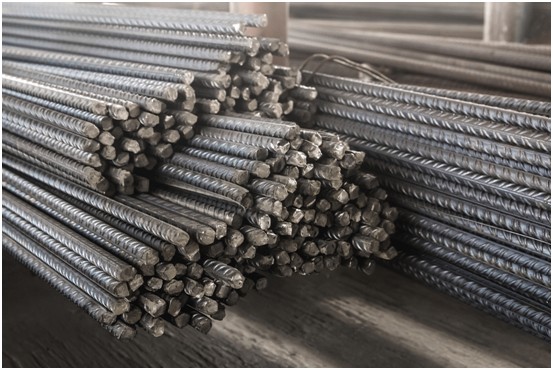Steel Exports: Short-Term Tariff Impact and Long-Term Production Adjustment
In recent years, the export of steel in our country has been growing rapidly. The fundamental reason lies in the long-term oversupply in the Chinese steel market. The increase in export volume is the result of Chinese steel surplus, rather than exports driving up production. Although tariffs will affect steel exports in the short term, in the long run, the key to whether exports can remain strong lies in whether the Chinese steel production volume can be effectively adjusted.
Therefore, there is no need to be overly worried about the decrease in steel exports in the medium term. Once this wave of turmoil passes, the export volume is expected to stabilize. Instead of paying excessive attention to foreign trade restrictions, it is better to guide production volume through policies domestically and control the steel production volume well.
In addition, there is an increasing possibility of policy restrictions on steel production capacity. The export model that simply relies on large quantity without making a profit is difficult to sustain in the long run. Reforming from the supply side may be a more effective regulatory measure. It can also reduce the import of iron ore and coking coal, which can kill multiple birds with one stone.
Image Source:699pic.com
Inventory Changes: De-stocking of Rebar and Hot Rolled Coils
The total inventory of rebar, hot rolled coils, and the five major steel varieties is expected to reach the de-stocking inflection point in mid-March, one week earlier than last year. Currently, the inventory of rebar in steel mills is starting to be de-stocked, and the total inventory is far lower than the same period last year. When the increase in the production volume of short-process steel mills is restricted by scrap steel, once the demand for rebar fully recovers, the supply and demand of construction steel may be in a tight balance.
In South China, the region with the greatest inventory pressure of hot rolled coils, the speed of inventory accumulation of hot rolled coils has been continuously slowing down. Judging from the processing volume of hot rolled coils in the Lecong area, the current demand for hot rolled coils has reached the highest level in the same historical period.
Market Outlook: Stable March with Upward Trend, Watch Supply and Demand Risks
Overall, the steel market in March is expected to be slightly stronger and more stable compared to last month, but the upward space will also be restricted by the external environment.
Regarding steel raw materials, iron ore is relatively strong in the short term, but there is a risk of being overvalued, mainly due to the high limitation of hot metal production volume. In terms of coke and coking coal, coke is expected to have another 1 to 2 rounds of price reduction, which will slightly increase the profits of steel mills.
Whether it is rebar or hot rolled coils, due to good supply control and the gradual improvement of demand with the change of seasons, the overall market fundamentals are stable with a slight upward trend. However, risks also need to be noted. As the profits of steel mills improve, they may increase production volume. Whether the downstream demand can continue to grow steadily is also a matter worthy of attention, and these factors may suppress the market.
Controlling the production volume in terms of steel supply is crucial for stabilizing the steel market and can, to a certain extent, offset the adverse impact brought about by the decrease in exports. March is the peak season for steel demand. Even if the export risks increase, as long as the supply side can effectively control the production volume and combined with the good demand situation, the steel market is highly likely to remain stable in March.

